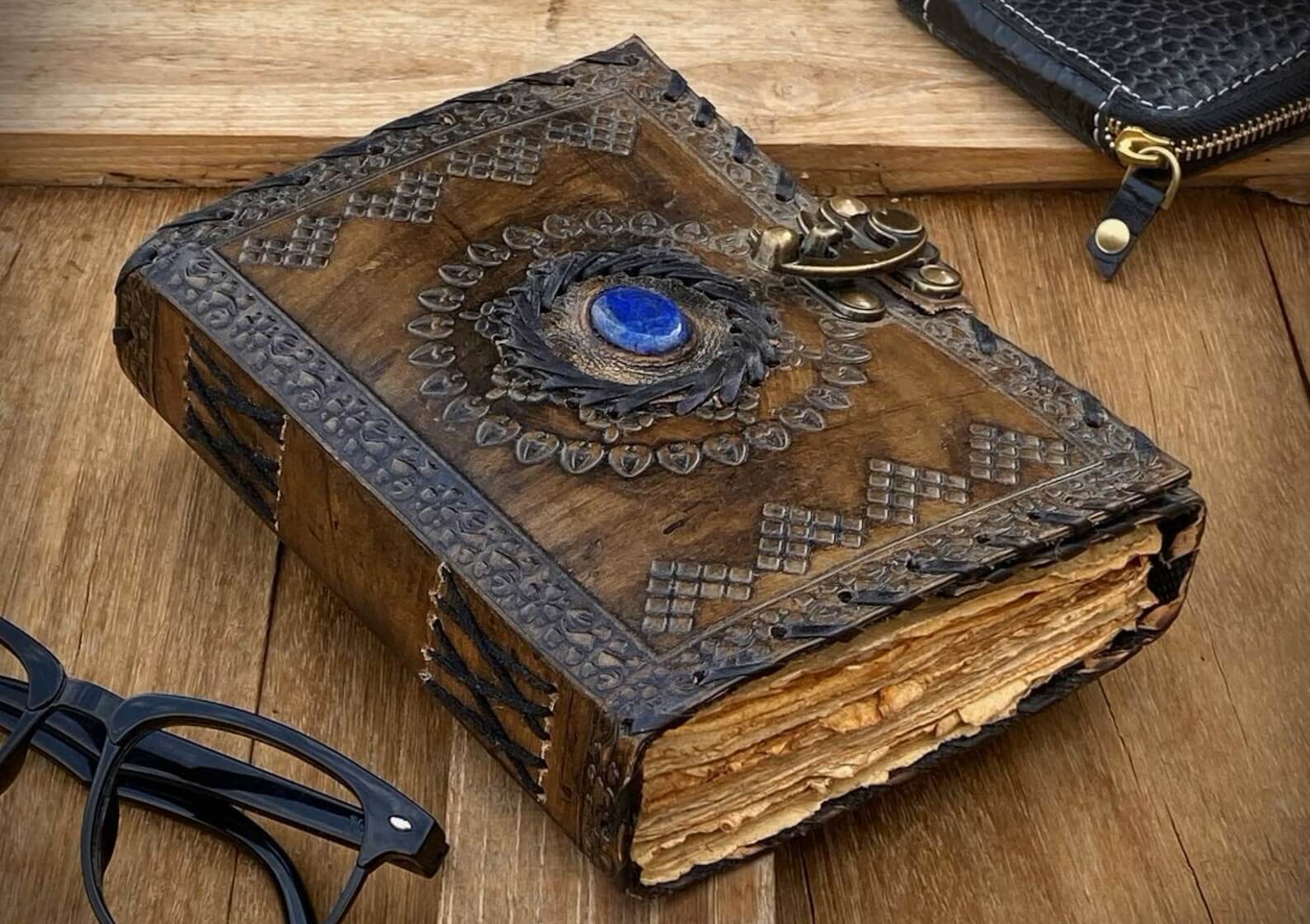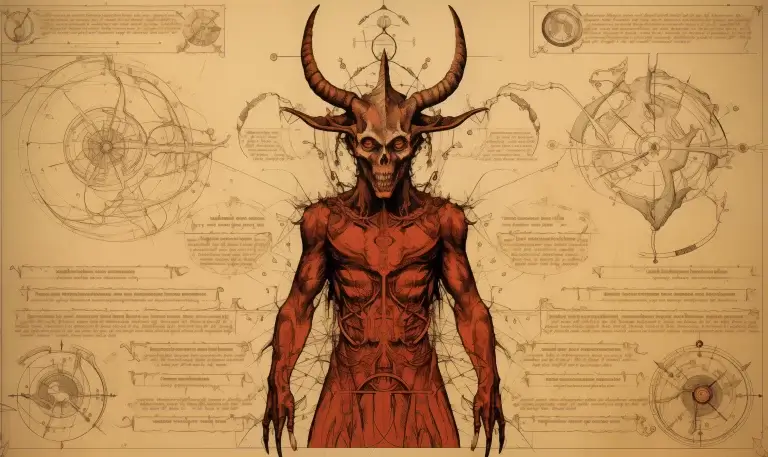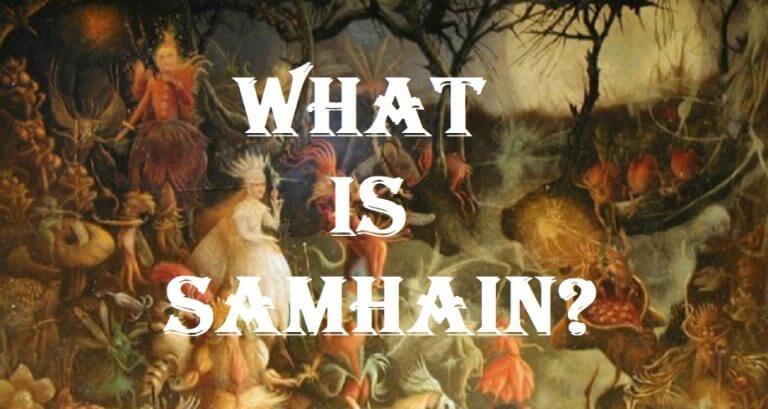Top 10 Occult Grimoires
A grimoire (/ɡrɪmˈwɑːr/ grim-WAHR) (also known as a “book of spells”, “magic book”, or a “spellbook”) is a textbook of magic, typically including instructions on how to create magical objects like talismans and amulets, how to perform magical spells, charms, and divination, and how to summon or invoke supernatural entities such as angels, spirits, deities, and demons. In many cases, the books themselves are believed to be imbued with magical powers, although in many cultures, other sacred texts that are not grimoires (such as the Bible) have been believed to have supernatural properties intrinsically.
Occult grimoires are a type of grimoire that is specifically concerned with the occult. The occult is a broad term that encompasses a wide range of beliefs and practices, including magic, astrology, and divination. Occult grimoires typically contain instructions on how to perform these practices, as well as information on the supernatural entities that are believed to be involved.
Here is a list of 10 of the most famous occult grimoires, with a short description of each:
- The Arbatel of Magick is a 17th-century grimoire that is said to have been written by a German monk named Johannes Trithemius. The Arbatel is a comprehensive guide to the practice of magic, and it includes instructions on how to summon spirits, cast spells, and perform rituals.
- The Book of Abramelin is a 14th-century grimoire that is said to have been written by a Jewish rabbi named Abraham of Worms. The Book of Abramelin is a long and complex work that describes a system of magic that is based on theurgy, or the invocation of angels.
- The Book of Ceremonial Magic is a 17th-century grimoire that is attributed to the French occultist Eliphas Levi. The Book of Ceremonial Magic is a comprehensive guide to the practice of ceremonial magic, and it includes instructions on how to create a magical circle, invoke spirits, and perform rituals.
- The Goetia is a 17th-century grimoire that is part of the Lemegeton, a collection of seven grimoires. The Goetia is a catalog of 72 demons, and it includes instructions on how to summon them, bind them to your will, and command them to do your bidding.
- The Lesser Key of Solomon is a 17th-century grimoire that is part of the Lemegeton, a collection of seven grimoires. The Lesser Key of Solomon is a guide to the practice of ceremonial magic, and it includes instructions on how to create a magical circle, invoke spirits, and perform rituals.
- The Picatrix is a 10th-century grimoire that is said to have been written by a Spanish Muslim named Maslamah Ibn Ahmad al-Majriti. The Picatrix is a comprehensive guide to the practice of astrology, and it includes instructions on how to use astrology to predict the future, influence the course of events, and achieve success in life.
- The Secrets of Solomon is a 16th-century grimoire that is said to have been written by King Solomon. The Secrets of Solomon is a guide to the practice of magic, and it includes instructions on how to summon spirits, cast spells, and perform rituals.
- The Testament of Solomon is a 1st-century grimoire that is said to have been written by King Solomon. The Testament of Solomon is a story about how King Solomon used his magic to control demons.
- Theurgia Goetia is a 17th-century grimoire that is part of the Lemegeton, a collection of seven grimoires. Theurgia Goetia is a catalog of 31 spirits, and it includes instructions on how to summon them, bind them to your will, and command them to do your bidding.
- The Visions of Isidore is a 12th-century grimoire that is said to have been written by a Spanish monk named Isidore of Seville. The Visions of Isidore is a collection of visions that Isidore claimed to have had of the afterlife.






